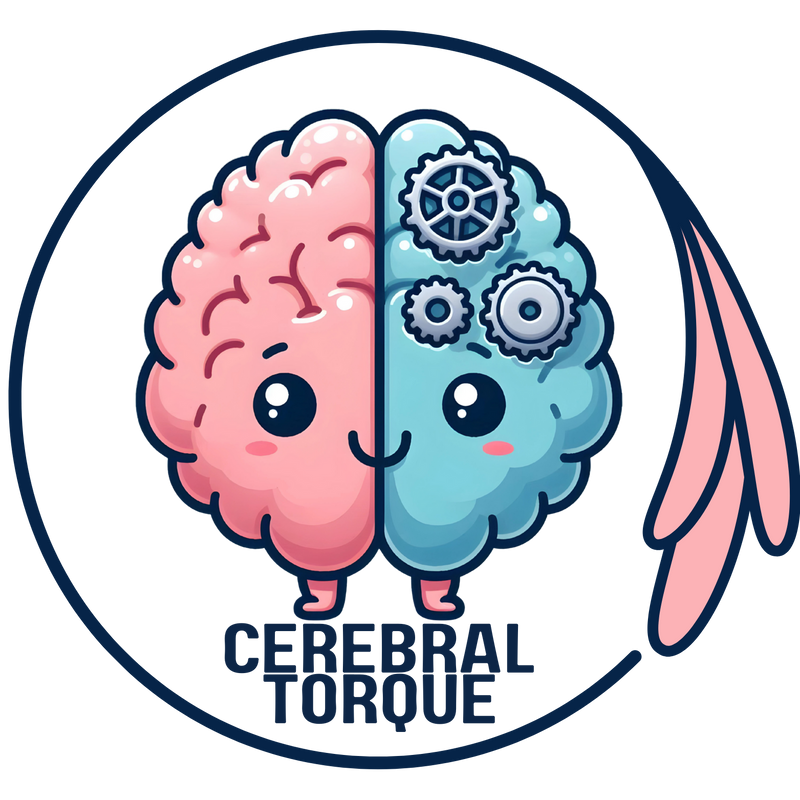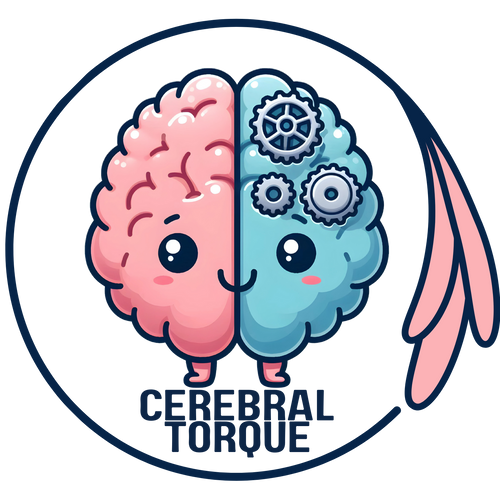Allodynia? Trigeminal Neuralgia? Or Epicrania Fugax?
Posted on September 17 2023,

What is Epicrania Fugax?
Epicrania fugax is a primary headache disorder characterized by brief stabbing head pain that rapidly moves in a linear or zig-zag pattern across one side of the head. "Epicrania" refers to head pain, while "fugax" describes the fleeting nature of the attacks.

What are the Clinical Features of Epicrania Fugax?
- Pain lasts 1-10 seconds in each attack
- Follows a fixed trajectory on one side of the head
- Often moves from posterior to anterior towards the ipsilateral eye or nose (anterior to posterior [towards occipital region] is also possible, but less common)
- Ends in a different nerve distribution than it started
- Strictly unilateral
- May alternate sides between attacks
- Autonomic symptoms (e.g. lacrimation, conjunctival injection, rhinorrhea) may follow attacks. These symptoms are ipsilateral to the pain.
- May be triggered by touch, which may cause a misdiagnosis of allodynia or trigeminal neuralgia. However, it usually occurs spontaneously.
- Tenderness may remain between attacks
What Does the Pain Feel Like?
Patients describe the pain as "electric shock-like" or stabbing. It starts abruptly and moves rapidly from its point of origin to termination. The trajectory remains the same for each patient but can vary across individuals.
Some common patterns reported are pain originating in the occipital area and moving forward over the parietal area to the eyebrow or eye. Alternatively, pain may start near the eye and radiate backward. The linear or zig-zag pattern is a hallmark.
What Causes It?
The underlying cause is not fully understood. One theory is that it results from abnormal firing of sensory nerves in the linings of pain-sensitive intracranial structures. Structural lesions must be excluded using neuroimaging, patient history, and physical exam.
Diagnosis and Treatment?
Epicrania fugax is diagnosed based on the distinct clinical features.
According to ICHD-3:
- Recurrent stabbing head pain attacks lasting 1-10 seconds and fulfilling criterion B
- Pain moving with a linear or zig-zag trajectory across the surface of one hemicranium, commencing and terminating in the distributions of different nerves
- Not better accounted for by another ICHD-3 diagnosis.
Preventive medication is typically not needed given the brevity of attacks. Identifying potential triggers that elicit attacks may help some patients.
Keeping a headache diary noting the location, trajectory, duration, and triggers of suspected epicrania fugax attacks is important. See a neurologist for evaluation. Structural problems must be excluded before diagnosis.
Final Thoughts
While epicrania fugax is considered an uncommon primary headache disorder, it may be underdiagnosed since the brief attacks may go unreported by patients or assumed to be an existing primary headache diagnosis or a symptom of one (e.g., allodynia caused by migraine). Increased recognition of epicrania fugax will help determine the prevalence.
Thu, Jan 01, 26
Alternate Nostril Breathing Protocol for Migraine
Alternate nostril breathing is a simple yogic technique that's showing real promise for migraine prevention. Unlike acute treatments, this practice builds nervous system resilience over time - making attacks less...
Read MoreFri, Dec 26, 25
Why Migraine and Jaw Pain Go Together: New Research (2025) Explains the Link
A 2025 systematic review of over 10,000 patients confirms a strong bidirectional link between migraine and temporomandibular disorders. People with migraine are 6 times more likely to develop TMD, while...
Read MoreSat, Dec 20, 25
Eptinezumab (Vyepti) Desensitization Protocol
First-ever eptinezumab (Vyepti) desensitization protocol for migraine patients with hypersensitivity reactions. 10-step hospital-based approach proven safe and effective.
Read More


